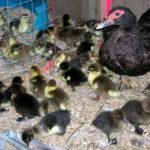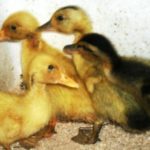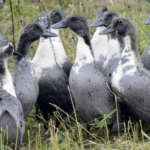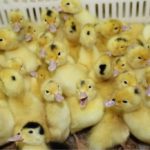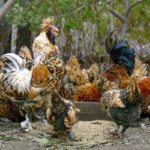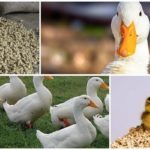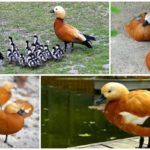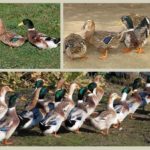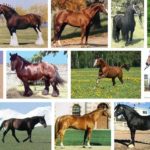How do ducklings grow when they begin to fledge? It turns out that each breed of bird has its own individual development periods. And in chickens they are not similar to ducks, and in ducks they are different from turkeys. Farmers who start breeding ducks will inevitably face this issue. Knowledge will help to more accurately determine the age of the bird and the timing of slaughter for meat.
[toc]
At what age do ducklings fledge?
It has been established that ducklings begin to develop plumage around the 20th day. Moreover, all chicks, including mulards, are born in down. This is like a forerunner of the future adult plumage of the bird. Gradually, the embryonic fluff disappears, and full-fledged feathers begin to grow in its place.
Starting from 2 weeks, ducklings grow, stretch out, their body proportions change: the neck and tail become noticeably longer. White breeds change color to grayish, colored ones also fade, the pattern is blurred. At the same age (but before 21 days), the first feathers appear.
The feather set of ducks is distinguished by type:
- Contour.
- Fly feathers.
- Coverts.
If molting does not begin from 2 to 3 weeks, changing from fluff to feathers, something has gone wrong. Probably there were developmental problems.
From 21 days of age, feather growth begins on the belly and sides. On the 35th day, plumage should appear on the front of the neck, on the tail, and on the wings. The flight feathers are not growing yet.
Gradually, the chicks begin to change their timbre: their quack becomes coarser. The differences between ducks and drakes become more noticeable on the 49th day. By this time, the chicks should have completed their plumage.
On day 56, flight feathers appear. From about 71 to 90 days, molting occurs and lasts about 3 weeks. At the end of the process, colored breeds are strikingly different from white ones in plumage color.
Possible deviations from the norm
If for some reason the full set of feathers are not formed within the prescribed period, this indicates developmental abnormalities, perhaps even illness of the chicks. Small discrepancies and occasional differences in the periodicity of plumage formation are acceptable.
The main cause of the disease is a lack of nutrients necessary for the formation of plumage. Poor lighting and high humidity in bird pens can also have an effect. Long delays in the development provided for by nature are a reason for the owner to think about it.And even seek advice from a veterinarian and study the possible causes of what is happening.


